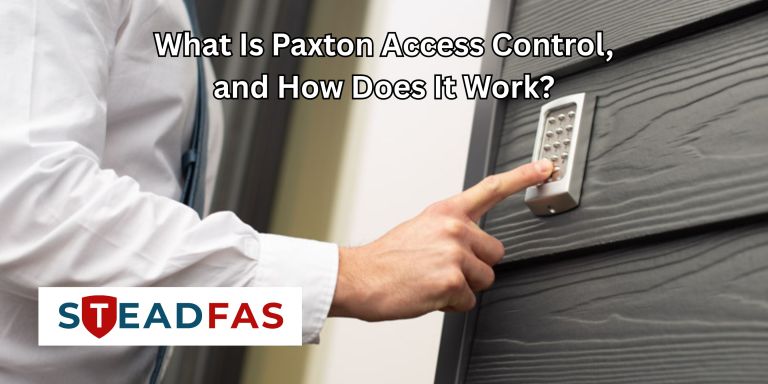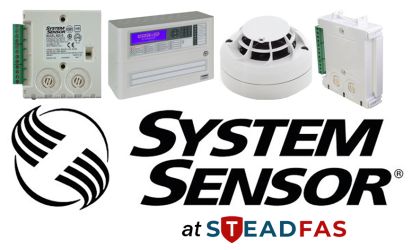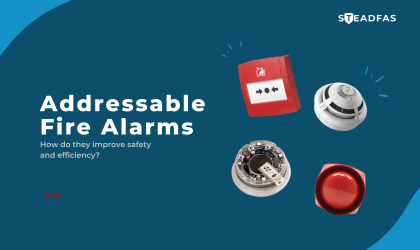What Is Paxton Access Control, and How Does It Work?

By The SteadFAS Team | Published on 15th April 2025
In this blog, we’ll explain what Paxton access control is, how it works, and the benefits it can bring to your organisation.
What Is Paxton Access Control?
Paxton is a UK-based manufacturer of access control systems, renowned for producing high-quality, easy-to-use solutions for managing building security. Their systems range from standalone units for a single door to networked systems that control hundreds of doors across multiple sites.
Access control systems replace traditional locks and keys with electronic methods of entry – such as fobs, cards, PINs, or mobile credentials – ensuring you have full control over who can access your premises and when.
How Does Paxton Access Control Work?
At its core, a Paxton access control system works by verifying the identity of a user before granting access to a door or area. Here's how it typically functions:
1. Credentials and Readers
Each authorised user is issued a credential, such as a key fob, access card, or a mobile app token. These are presented to a Paxton reader installed at the entry point.
2. Access Decision
The reader sends the credential data to the control unit, which checks it against a database of authorised users. If access is allowed, the door unlocks.
3. Custom Permissions
You can define who is allowed access to which doors and at what times. For example, office staff might have access during working hours, while cleaning staff may have evening access.
4. Audit Trails and Monitoring
With a networked Paxton system like Net2, you can view access logs in real-time, track movement throughout your building, and even integrate with CCTV for added security.

Paxton 695-644 Net2 Proximity Fobs
Types of Paxton Access Control Systems
Paxton offers a variety of access control solutions to suit different building types and sizes:
- Paxton Net2: A networked system ideal for medium to large sites. It offers centralised management, time zones, access levels, and integration with fire alarms, intruder systems, and more.
- Standalone Systems: Simple and cost-effective solutions for smaller sites or individual doors, managed locally without software.









